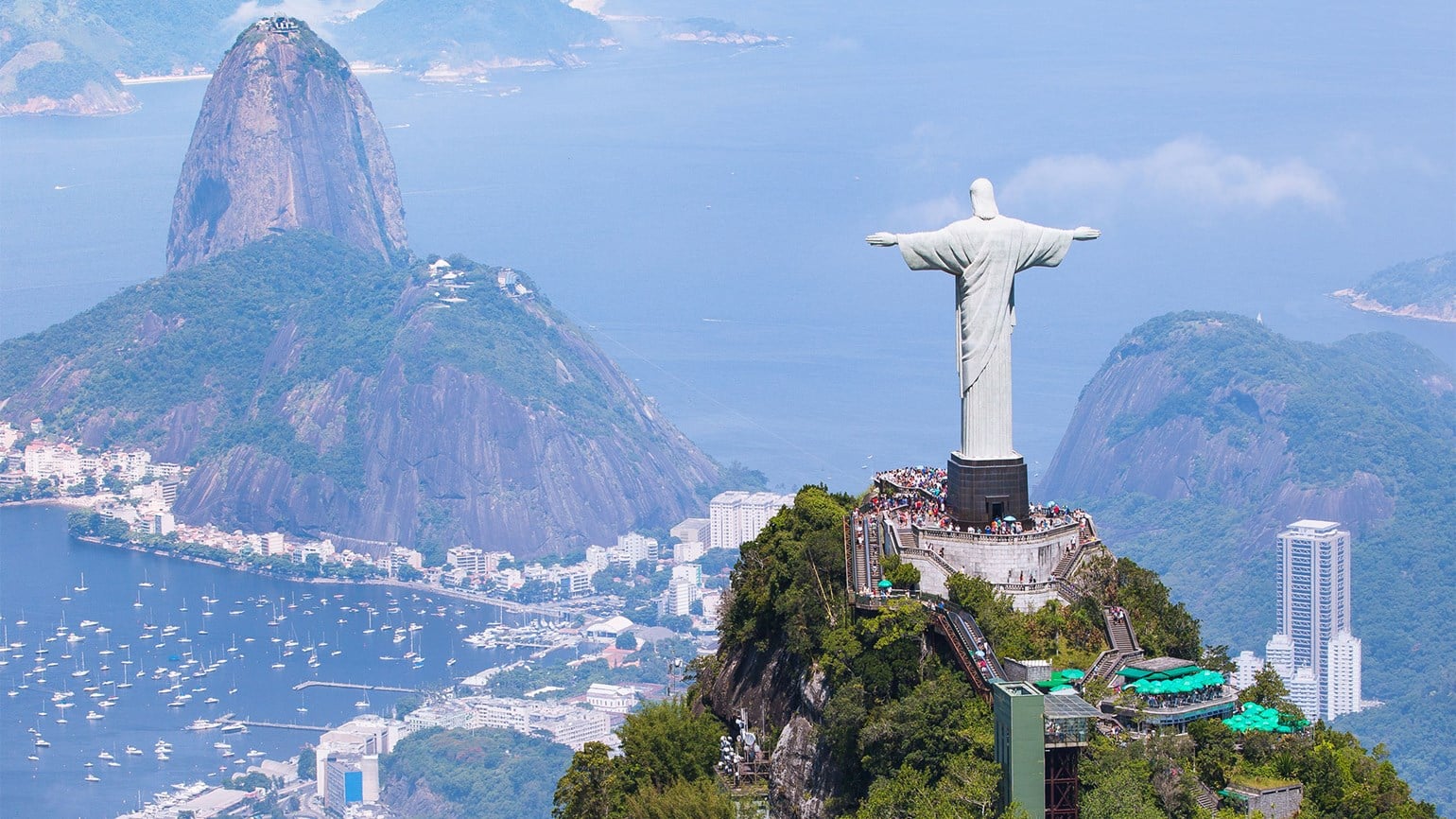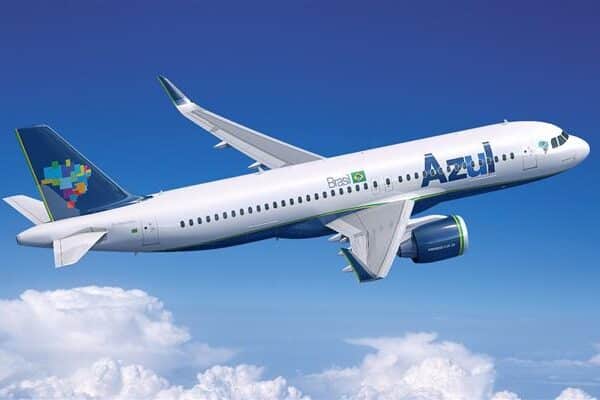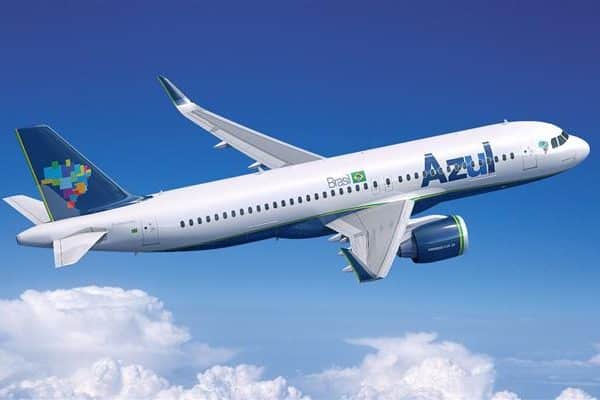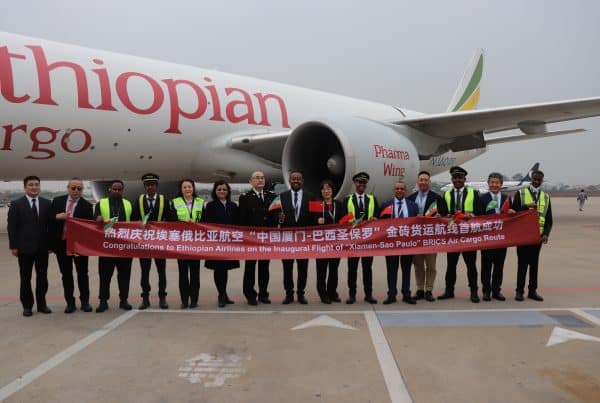Air service between the U.S. and Brazil has risen sharply over the past year as Brazil’s economy climbs out of the deep recession of 2015 and 2016.
Meanwhile, regulatory developments in South America’s largest country could further fuel tourism from the U.S.
According to airline industry analytics company OAG, 1,001 flights operated between the U.S. and Brazil in February, up 26% year over year. The leap is certainly welcome news for Brazilian tourism interests, for which the U.S. remains the second-largest source market, despite substantial drops in recent years.
In 2017, Brazil saw 475,000 arrivals from the U.S., according to the country’s tourism marketing agency, Embratur, down from 576,000 just two years earlier. The U.S.-Brazil flight frequency total in February, despite the sharp year-over-year increase, was still down more than 10% from the its peak before the Brazilian recession in 2015.
Brazil’s tourism minister, Vinicius Lummertz, said he is optimistic that U.S.-to-Brazil visitation will rise, and not just because of improvements in the country’s economy. Government actions designed to ease travel to Brazil will also play a role, he said.
Notably, in January, Brazil launched electronic visa services for American citizens. Aside from saving travelers the time and hassle of having to get a visa at a consulate, the electronic service came with a reduction in costs from $160 to $40.
March brought another landmark step for Brazil, when its Senate ratified an open-skies aviation agreement with the U.S. after seven years of delay. The agreement still must be signed by Brazil president Michel Temer before it can take effect.
Brazil’s Congress is also considering easing, or even doing away with, a law that limits foreign ownership of its domestic airlines to 20%.
“The measures that we are taking now are measures we lacked in the past,” Lummertz said. “During the World Cup [in 2014] and the Olympics [2016], we still had the old visa system, we didn’t have open skies, and we didn’t have foreign investment in airlines.”
If the open-skies regime does go into effect, it would spell an end to rules agreed to on an interim basis by the two countries’ regulators in 2011. At present, U.S. and Brazilian airlines can each fly a combined 301 flights per week from the U.S. to Brazil. Limits are also in place on how many of those flights can go to Rio de Janeiro and Sao Paulo.
Rules related to customs, taxation and remittances would also be eased.
The onset of U.S.-Brazil open skies isn’t likely to have an immediate impact on air services, according to OAG analyst John Grant, who noted that present services fall well below the existing cap.
Recent major developments in the U.S-Brazil aviation marketplace have been driven by economics and tourism demand and by upstart airlines Avianca Brasil and Azul. Avianca Brasil began U.S. service last year with flights from Rio to New York JFK and Miami. Meanwhile, the low-cost carrier Azul doubled capacity in the U.S. marketplace over the past year by adding routes and frequencies to Fort Lauderdale and Orlando, Grant said.
However, the open-skies treaty could have a substantial impact over the longer term. Aside from lifting capacity limits and easing taxes and fees, it would allow for the DOT to move forward with a review of the proposed joint venture between American Airlines and South American powerhouse Latam. The carriers have requested antitrust immunity to jointly market, schedule and operate flights between the U.S. and Canada and six South American countries: Brazil, Chile, Colombia, Paraguay, Peru and Uruguay.
Lummertz said that changes in Brazilian airline ownership restrictions, meanwhile, could pave the way for the launch of low-cost carriers similar to JetSmart, which Frontier owner Indigo Partners opened in Chile last year.




